So, You’re Thinking of Quitting Bread? Here’s What Actually Happens.
Over my years as a nutrition pro, there’s one question that comes up constantly. People lean forward and whisper, almost like it’s a secret: “What would happen if I just… stopped eating bread?” It’s a tempting thought, right? It feels like an easy, clean cut to make for quick results. My answer is always the same: it really depends on what you’re cutting out and, more importantly, what you’re putting in its place. Ditching a loaf of cheap, fluffy white bread is a totally different ballgame than saying goodbye to a dense, tangy, whole-grain sourdough.
In this article
Honestly, it’s never about one food being the villain. It’s about understanding the system—your body—and how it uses fuel. When you take away a major fuel source like bread, you bet it’s going to react. Some of these reactions are totally predictable, while others can be a bit of a surprise. This isn’t about scaring you off; it’s about walking in with your eyes open. Let’s break it down.
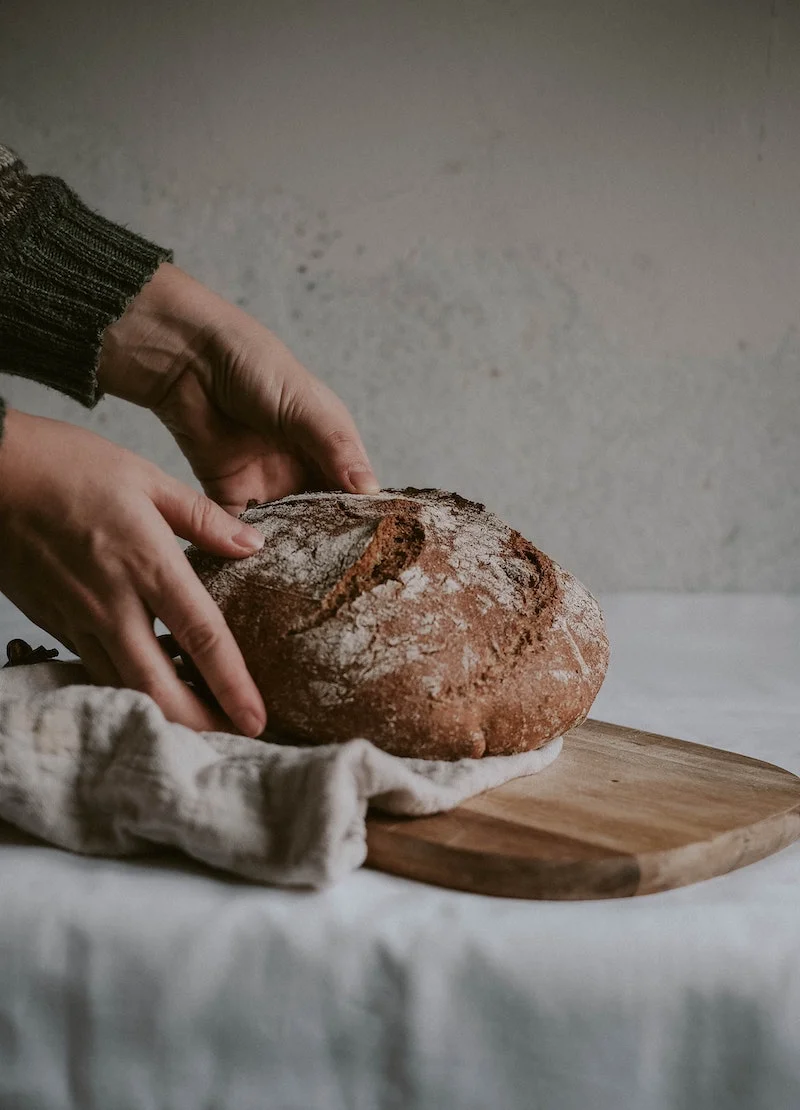
Week One: The Great Water Weight Whoosh
So many people who ditch bread see the number on the scale drop fast in the first week. It’s exciting! But I always manage expectations here because that first five pounds or so is almost never fat. It’s water.
Here’s the deal: When you eat carbs, your body stores some of the energy for later in your muscles and liver. This stored energy is called glycogen. And here’s the kicker—for every gram of glycogen you store, your body holds onto about three to four grams of water. Think of it like a fuel-soaked sponge.
When you stop eating bread and your carb intake drops, your body starts burning through that stored glycogen. As the glycogen gets used up, all that water attached to it is released and flushed out by your kidneys. This is that initial, rapid weight loss. It feels awesome and can be a huge motivator, but it’s a fluid shift, not true fat loss. It’s good to know this upfront so you don’t get discouraged when the scale inevitably slows down. That’s when the real work begins.

The Brain’s Grumpy Adjustment: Hello, “Carb Flu”
Your brain is a serious energy hog, and its favorite food is glucose, which carbs provide in spades. When you yank that away, your brain is forced to switch to a backup fuel source: ketones, which are made from fat. While using ketones is perfectly natural (it’s a state called ketosis), the transition period can feel… well, awful.
This is what folks call the “carb flu” or “keto flu.” You might get headaches, feel foggy, irritable, or just plain weak. This happens for two reasons. First, your brain is still figuring out how to efficiently run on ketones. Second, that water weight whoosh I mentioned also flushes out critical electrolytes like sodium, potassium, and magnesium. This mineral drain is what causes most of the nasty symptoms.
But you don’t have to suffer through it. Here’s a quick-fix guide based on what I tell my clients:
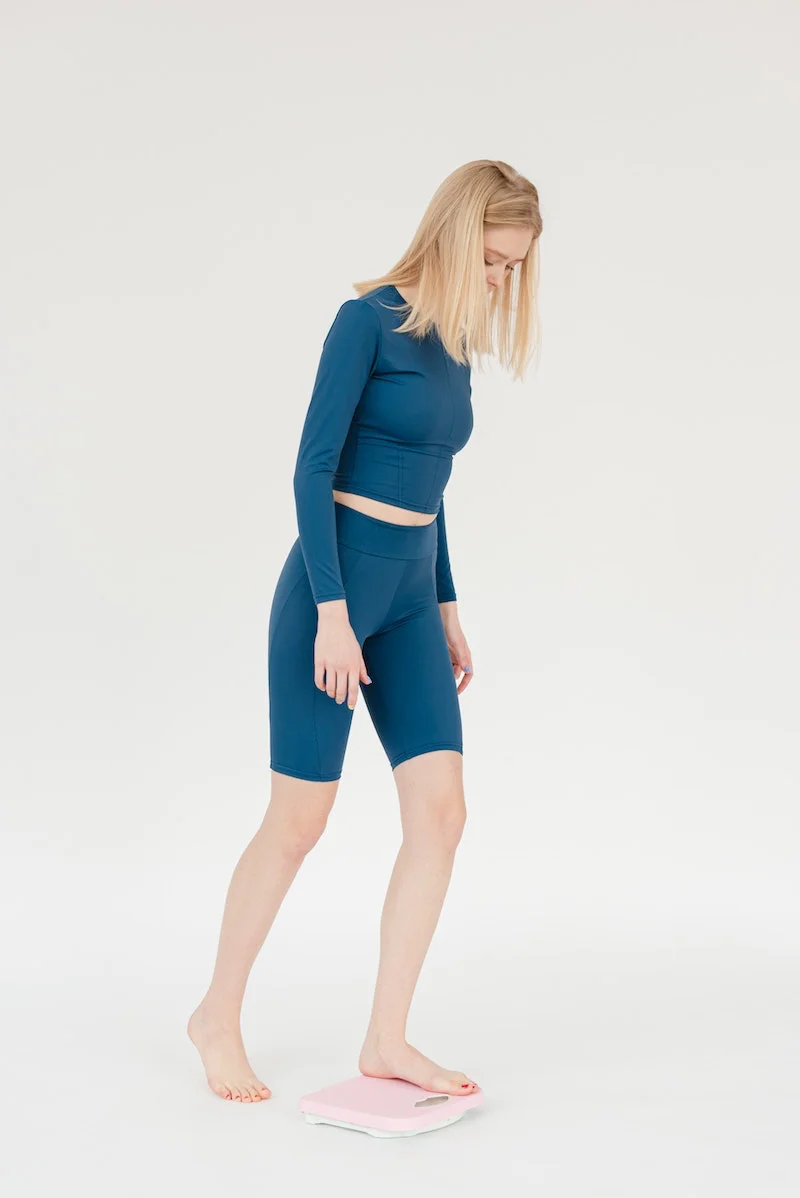
- For Headaches & Brain Fog: Your body is likely screaming for sodium. Don’t be afraid of salt! Start by adding a quarter-teaspoon of good quality sea salt (like Redmond Real Salt or Celtic Sea Salt) to a large glass of water. Another fantastic option is sipping on bone broth, which you can make at home for cheap or buy from brands like Kettle & Fire.
- For Weakness or Muscle Cramps: This often points to low potassium and magnesium. Leafy greens, avocados, and nuts are your friends here. An avocado a day is one of my favorite prescriptions for this.
For most people, these flu-like feelings are gone within a few days to a week. If they’re severe or last longer, it’s a sign you might be cutting back too aggressively.
Your Energy and Workouts Might Take a Hit
The kind of bread you were eating matters a lot here. If your diet was rich in whole-grain breads, you’ll probably feel a bigger dip in your energy. Whole grains aren’t just carbs; they’re packed with B vitamins, iron, and magnesium, which are all essential for converting food into energy. Without them, you can feel wiped out.
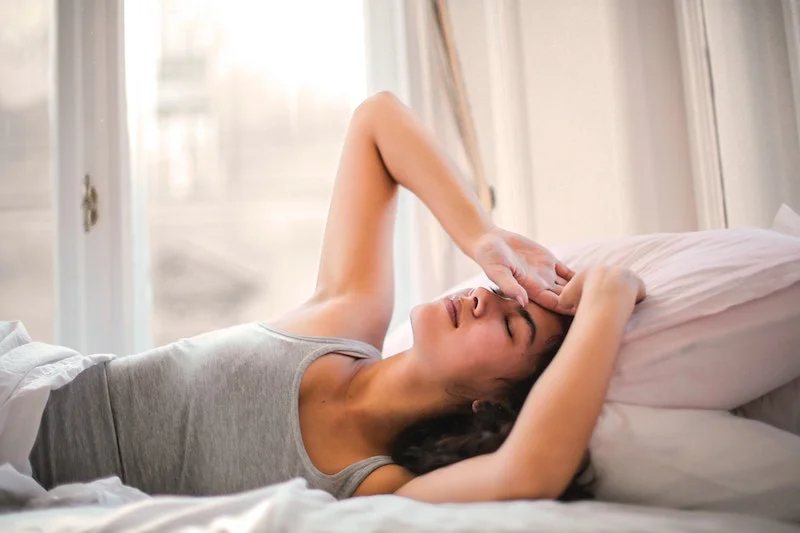
Your gym performance might change, too. For explosive, high-intensity stuff like sprinting or heavy lifting, your muscles run almost entirely on that stored glycogen. When those stores are low, your power can plummet. I’ve seen athletes try very low-carb diets, and they almost always report they can’t lift as heavy or go as hard.
But for longer, slower exercise like jogging or cycling, your body can adapt to burning fat quite well. Still, think of it this way: fat is a slow-burning log, great for steady, low heat. Carbs are the kindling you need to get the fire roaring. A smart approach is to time your carbs. A banana or a small sweet potato about an hour before a workout can fuel your performance without relying on bread.
Let’s Talk About Digestion (and Getting Stuck)
One of the first and most common complaints when people cut out bread is constipation. It makes sense—whole-grain bread is a major source of dietary fiber for a lot of us. If you remove it and don’t replace it, your digestive system can slow to a crawl.
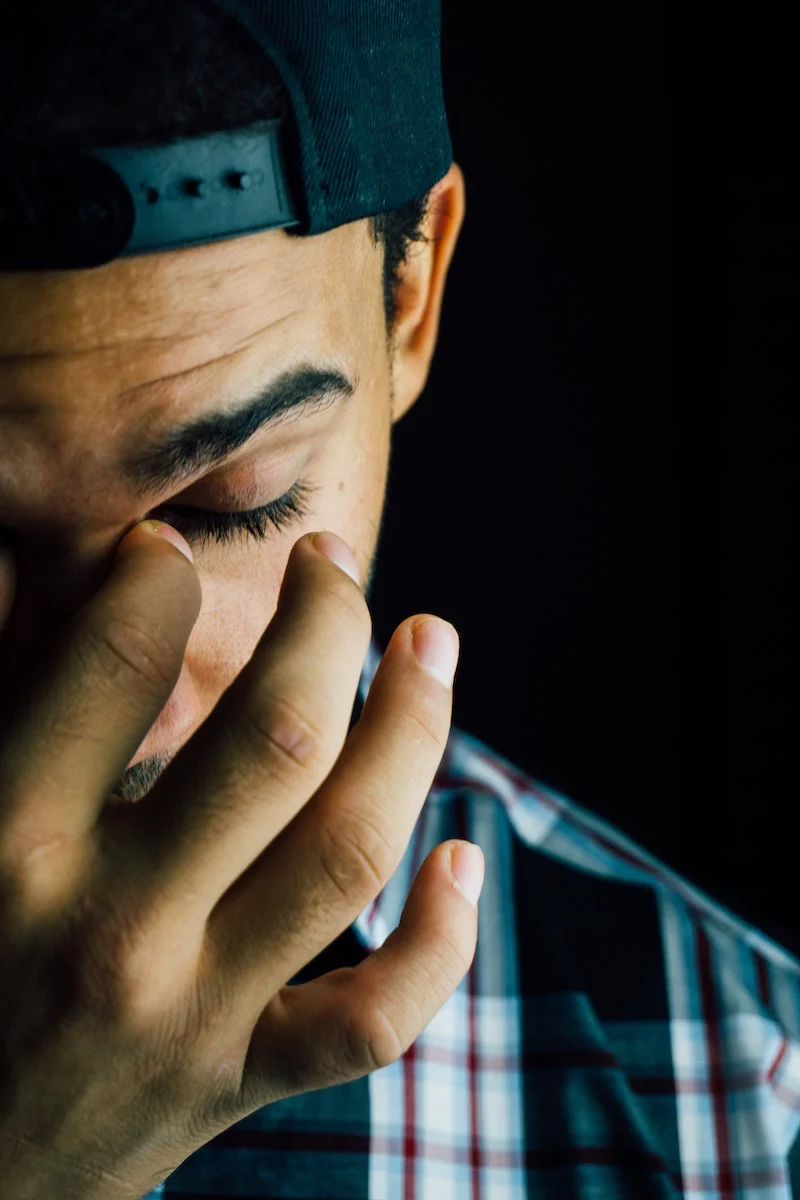
Quick tip: You need about 25 to 38 grams of fiber a day. Hitting that without bread requires being intentional. It sounds like a lot, but check this out: half an avocado (about 7g of fiber), one cup of raspberries (8g), and two tablespoons of chia seeds (a whopping 10g) gets you to 25 grams right there!
You have to be smart about adding fiber back in. Here are some of the best bread-free sources:
- Budget-Friendly Powerhouses: Lentils, beans, and oats are incredibly cheap and loaded with fiber. A bag of lentils costs a couple of bucks and can be used in soups and salads for weeks.
- Seeds of Success: Chia seeds and flax seeds are amazing. A bag of chia seeds might set you back $5-$8, but it will last you a long time. Just toss them in smoothies or make a simple pudding.
- Veggies & Fruits: Avocados, berries, broccoli, and Brussels sprouts are all fantastic sources.
Heads up! If you suddenly ramp up your fiber intake, you might feel gassy and bloated. The key is to go slow. Add one new high-fiber food every few days and—this is critical—DRINK MORE WATER. Fiber without water is like cement. It needs water to do its job and keep things moving smoothly.
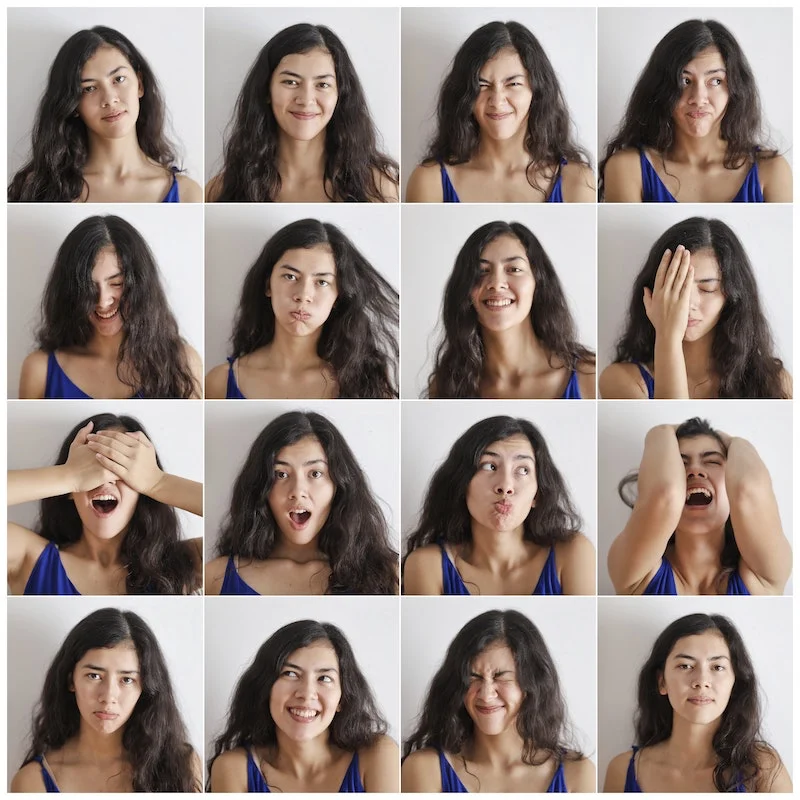
Mood, Cravings, and Your Brain on Bread
Ever felt happier after eating a comforting slice of toast? There’s real brain chemistry behind that. Eating carbs helps an amino acid called tryptophan get into your brain, where it’s used to make serotonin—the “feel-good” neurotransmitter that regulates mood.
This is where the type of bread is so important. Refined white bread gives you a quick sugar spike, a brief mood lift, and then a crash that leaves you cranky and craving more. By cutting out this rollercoaster, many people feel their appetite and mood stabilize after a few weeks.
However, if you cut all good carbs, you might notice a dip in your mood. The sweet spot for many is simply swapping bread for other nutrient-dense carb sources like sweet potatoes, squash, quinoa, or fruit. You get the mood-supporting benefits without the blood sugar chaos.
What to Eat Instead: A Day Without Bread
People get stuck on the practicals. “What do I even eat for lunch if not a sandwich?!” It’s easier than you think.
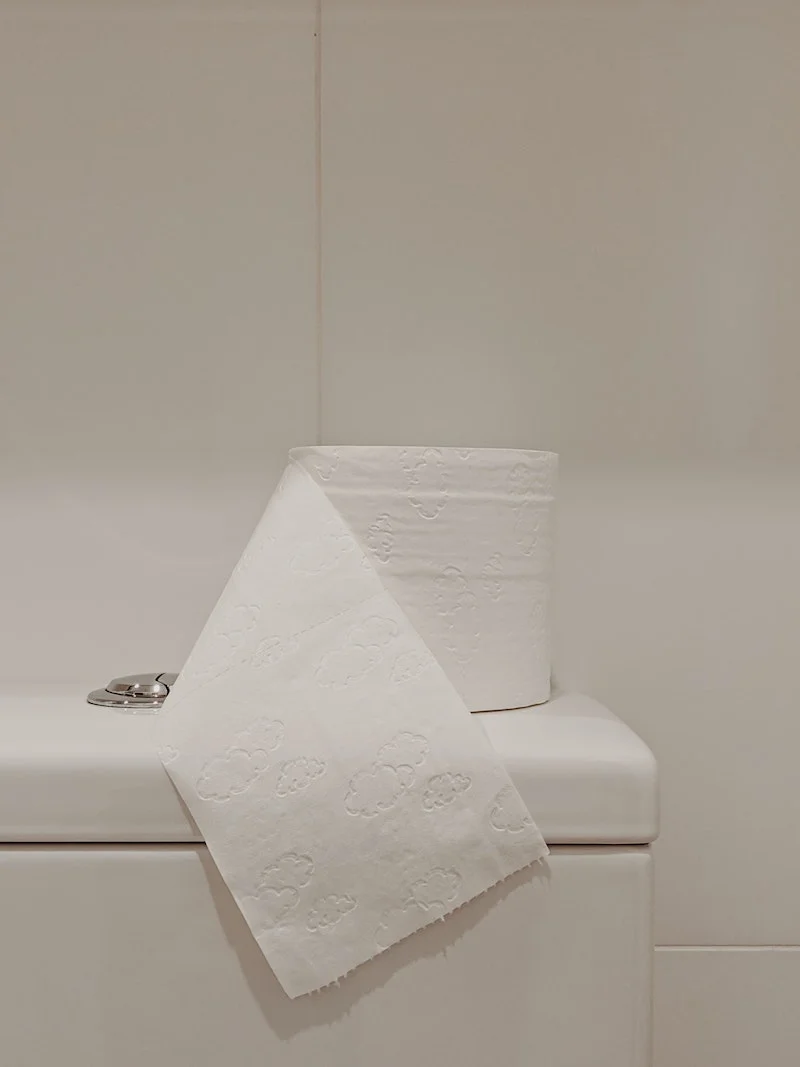
- Breakfast: Instead of toast, try two or three scrambled eggs with spinach and a side of avocado. Or a bowl of Greek yogurt with berries and a sprinkle of those amazing chia seeds.
- Lunch: Your sandwich can become a massive salad. Use a big bed of greens, toss in plenty of veggies, add a solid protein like grilled chicken or chickpeas, and finish with a healthy fat like an olive oil vinaigrette. A scoop of quinoa can give you that satisfying carb-like feel.
- Dinner: This is often the easiest meal. Think salmon with roasted Brussels sprouts, a chicken stir-fry with a mountain of broccoli, or a hearty lentil soup.
The goal is to focus on what you’re adding to your plate—more protein, more vegetables, more healthy fats. When you do that, the bread often just falls away naturally.
A Final, Balanced Thought
So, what happens when you stop eating bread? A little bit of everything. You’ll lose water weight, you might feel crummy for a few days, and you’ll definitely need to find new fiber sources. But you might also find you have more stable energy and fewer cravings.
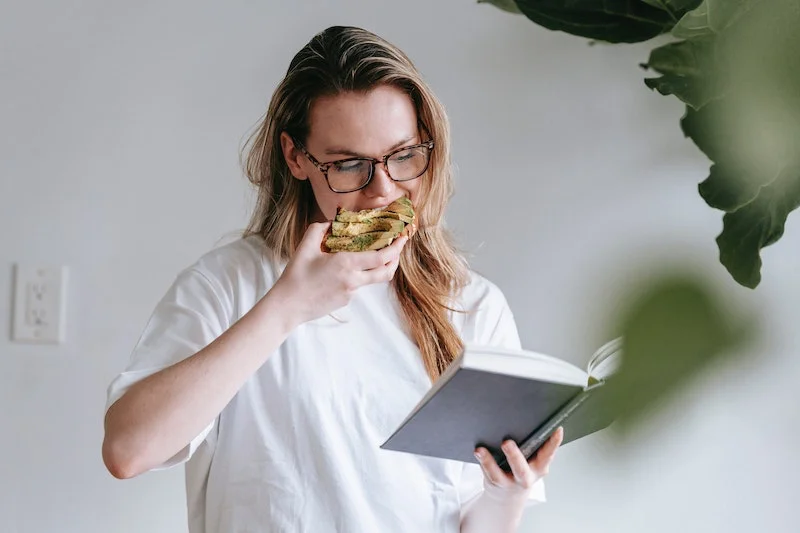
The most successful approach is usually thoughtful substitution, not drastic elimination.
And by the way, if you’re not ready to quit bread entirely, I get it. Here’s a quick win: next time you’re at the store, just grab a loaf where the VERY first ingredient is ‘100% whole wheat’ or ‘sprouted whole grain.’ Or better yet, find a true sourdough from a local bakery—the ingredient list should be beautifully simple: just flour, water, and salt. That simple swap is a huge step in the right direction.
Inspiration:

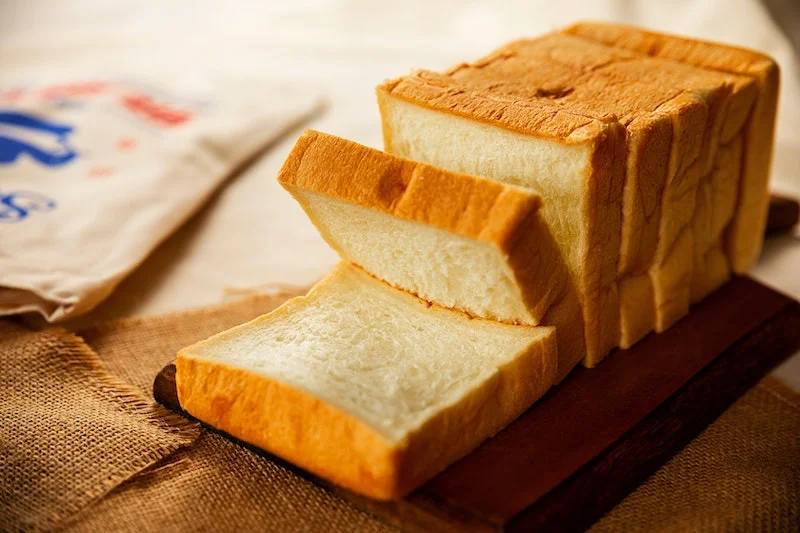
So you’ve ditched the bread, but what do you use for your beloved avocado toast or turkey sandwich? It’s all about finding a new “vehicle” for your favorite toppings. Think beyond the loaf:
- Crisp Lettuce Cups: Butter or iceberg lettuce make a fantastic, hydrating wrap for tuna or chicken salad.
- Sweet Potato “Toast”: Thinly slice a sweet potato, toast the slices until tender, and top as you would with regular toast. A game-changer!
- High-Fiber Crackers: Nordic-style crispbreads, like those from Wasa or Ryvita, offer a satisfying crunch and are often made with whole-grain rye.
- Nori Sheets: For a savory, umami-rich wrap, use the same seaweed sheets used for sushi. They’re perfect for egg or tofu fillings.
An estimated 95% of Americans don’t consume enough dietary fiber.
Before completely eliminating bread, consider what you might be losing. True, whole-grain breads, especially naturally fermented sourdough, are a powerhouse of prebiotic fiber. This specific type of fiber feeds the beneficial bacteria in your gut, which are crucial for everything from digestion to immune function. Switching from a nutrient-poor white loaf to a dense, fiber-rich one can be a more powerful health move than quitting bread altogether.










